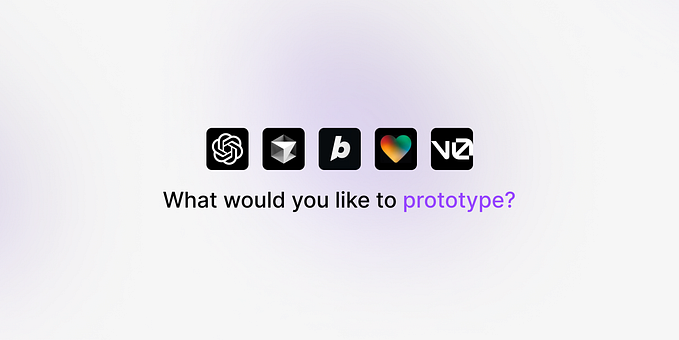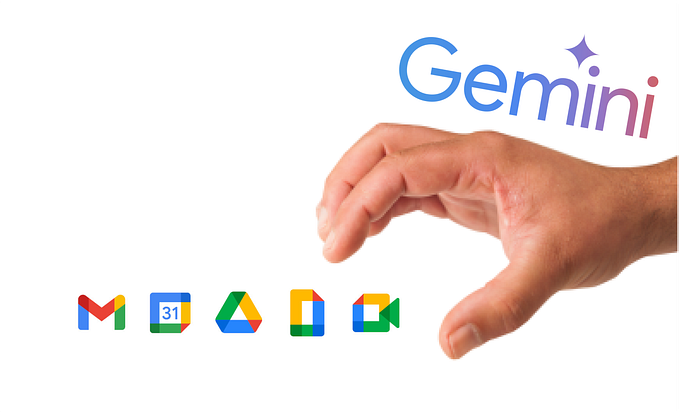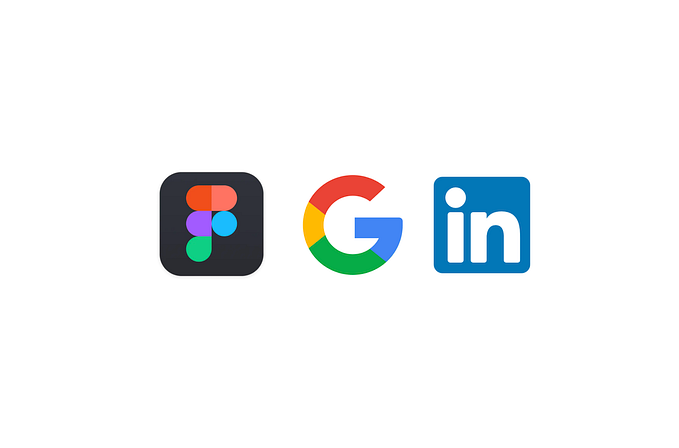Member-only story
To communicate user insights more effectively, use the framework of pain relief
Show, don’t tell, how your design relieves user pains to influence decision-makers

Designers often suffer from the last-mile problem when communicating user insights.
A last-mile problem is the struggle to solve the last and most expensive part of a delivery process. For instance, a package might cost $2 to go from a warehouse in India to your local post office, but $20 to go from the post office to your doorstep.
Designers struggle with similar problems. They do great work understanding users, problems and design solutions. However, they often fail at this process's last and most crucial part: communicating these insights to stakeholders.
An easy remedy for this is to frame your problem as pain relief.
Understanding pain points, “So what?” and why it matters
To understand why pain relief works, we must understand ‘pain points.’
This is business jargon for issues customers experience when using your product or service. Whether a slight hiccup or a major deal breaker, these problems risk losing customers if left unresolved.








